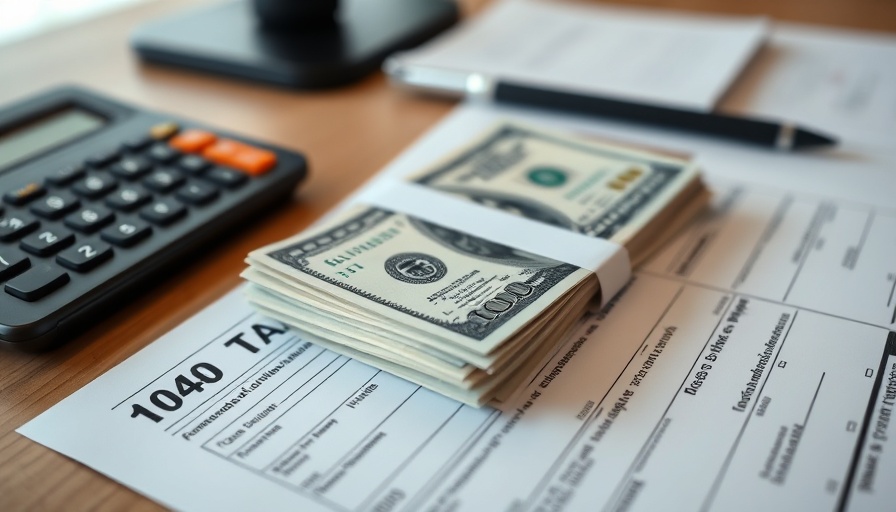
Understanding the Average Tax Refund Impact
For many entrepreneurs, small business owners, and freelancers, the arrival of tax season can invoke a mixture of anticipation and anxiety. In 2024, roughly two-thirds of American taxpayers received an average tax refund of $4,381, according to IRS data reported by LendingTree. The fluctuations in refund amounts across various states reflect the diverse economic landscapes in which individuals operate their businesses.
The States Where You Get the Most Money Back
Interestingly, not all taxpayers are created equal concerning their tax refunds. Wyoming residents stand out with the highest average refund at $6,367, while those in Florida and the District of Columbia also reported significant amounts, with averages of $5,934 and $5,848, respectively. In contrast, taxpayers in West Virginia, Maine, and New Mexico found themselves at the bottom of the refund scale, receiving much lower amounts. This disparity serves as a valuable lesson in understanding state-level tax implications and their impact on a person’s financial planning.
SMBs and Financial Strategy for Tax Refunds
How does the average taxpayer plan to spend this windfall? According to LendingTree’s report, nearly two-thirds indicated intentions for practical use. Notably, a substantial 66% plan to pay off debts, while another 32% prefer to save the funds. The willingness to utilize tax refunds for financial stability versus discretionary spending reflects a growing trend among responsible financial planning.
Emotional Choices: Fun vs. Responsibility
While it's commendable that many plan to prioritize debt repayment, it’s essential not to overlook the human element in financial decisions. LendingTree's expert, Matt Schulz, encourages finding a balance: "There's nothing wrong with taking a piece of the return and having some fun with it." Allocating a portion for enjoyment can also contribute positively to mental well-being, fostering a sense of reward for hard work.
Maximizing Your Tax Refund: Practical Tips
For entrepreneurs, understanding how to optimize tax refunds can enhance financial health. Here are a few actionable insights:
- Consider using a portion of your refund to invest in your business or personal skills, which can generate sustained returns over time.
- Set aside funds for estimated tax payments throughout the year instead of relying solely on refunds, ensuring smoother financial management.
- Utilize budgeting tools to track spending and savings after receiving your refund, promoting long-term financial discipline.
In conclusion, as the landscape of taxation evolves, so does the conversation around tax refunds. Taking the time to carefully consider how to allocate this money can lead to greater financial freedom in the future. As you plan for your refund this year, consider prioritizing both your immediate needs and long-term goals.
 Add Row
Add Row  Add
Add 




 Add Row
Add Row  Add
Add 
Write A Comment